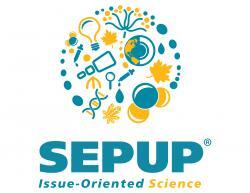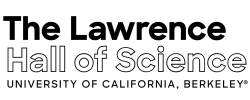Igniting wonder for all students
At Lab-Aids, we enrich student learning through active engagement, interactive exploration, and collaborative thinking to enlighten minds.
Our Partners
At the heart of every great textbook is a powerful partnership – one that blends academic brilliance with publishing excellence. Our collaboration for science with the University of California, Berkeley and for math with Michigan State University, represents a shared commitment to empowering students, educators, and academic institutions with trusted, high-impact learning resources. Discover the difference a true educational partnership makes.



Trusted by educators. Driven by purpose. Designed for today’s learners.
Ready to ignite learning in your classroom? Our curriculum experts are available to match your course goals with trusted, high-quality materials.




